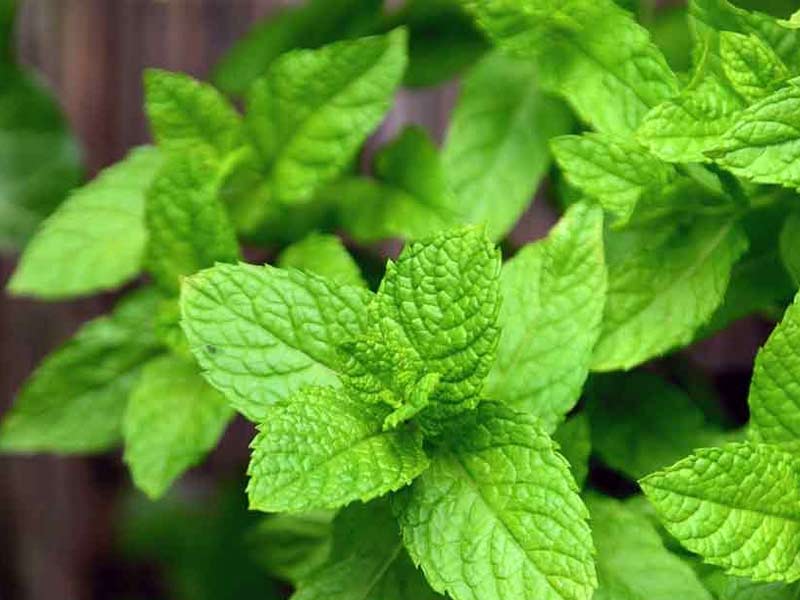A bumper crop of fruits and vegetables in your backyard is a veritable delight—that is, if you have the outdoor space; if you are hampered by cold seasonal temperatures; or if you are an unsuccessful urban gardener. Try growing these six simple indoor plants to bring your garden indoors. They’re affordable, and if you can master indoor gardening, you’ll have access to a wide range of flavours and ingredients that you can use to improve your cooking.
Sprouts
 Sprouts are a nutritional powerhouse because they are high in antioxidants, vitamins, minerals, bioavailable protein, and enzymes. You might be surprised at how simple it is to grow them at home! You can sprout using a few different techniques, and since the equipment is generally low-tech, you probably already own what you need. If your pantry is well-stocked, you probably even have items you can sprout.
Sprouts are a nutritional powerhouse because they are high in antioxidants, vitamins, minerals, bioavailable protein, and enzymes. You might be surprised at how simple it is to grow them at home! You can sprout using a few different techniques, and since the equipment is generally low-tech, you probably already own what you need. If your pantry is well-stocked, you probably even have items you can sprout.
Microgreens

In essence, microgreens are young plants. A few weeks after the previously described sprouting process, they are harvested before the seedling develops into a fully grown plant. Research on microgreens indicates that they can contain 4 to 40 times more vitamins C, E, K, and beta carotene than their full-grown counterparts. Microgreens have strong flavours and are incredibly nutritious.
Mushrooms

Spores give rise to mushrooms. For nourishment, they rely on sawdust, straw, wood, or grains. They also need damp, cool, and dark conditions to survive. To make the process even simpler, you can either start with a mushroom kit or build your own mushroom growing setup.
Herbs

Despite being the flavour dynamos of the kitchen, herbs are frequently pushed to the side of the dish or used as a garnish. We like to add them liberally to dishes to enhance their flavour, texture, and nutritious content.
Also read: 5 Healthy Alternatives for Butter
Lettuce
While fresh lettuce makes a classic salad base, you can also use the leaves as a bread substitute or add them to smoothies. You can try growing fresh greens indoors if you have a large window and live in an area that receives lots of sunlight in the winter.

There are also some ingenious ways to set up lighting inside for a useful indoor setup if there isn’t much sunlight.

























